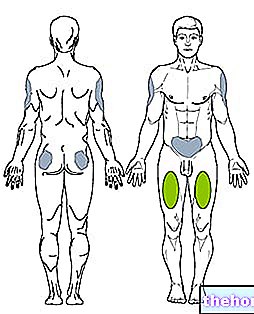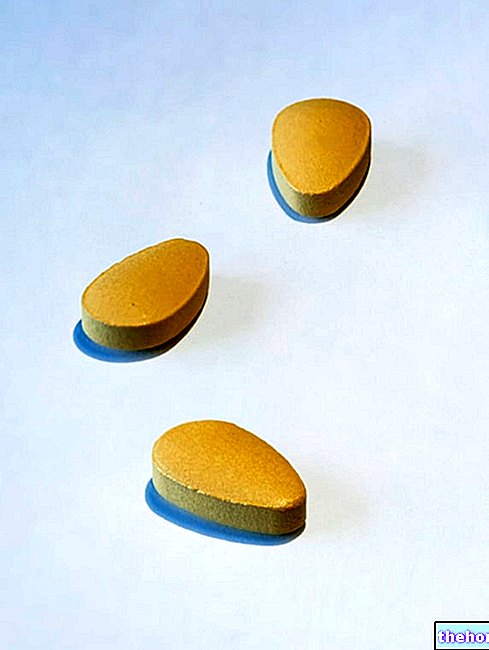Morphine
Exogenous opioid drug of plant extraction, obtained from Papaver somniferum, more commonly known as opium; hence the name "opioids".
Morphine is the strongest exogenous opioid, acting as an agonist of mainly μ, but also δ, and κ receptors.
Each exogenous opioid agonist, precisely based on the analgesic effect mediated by morphine, is divided into:
- Strong: here we find together with morphine also heroin and methadone;
- Medium: like codeine;
- Partial agonist: that is, it has a mixed action;
- Antagonist: opposite effect.
According to one Analgesic scale drafted by the WHO, strong exogenous opioids are indicated for severe to moderate pain, while medium to weak exogenous opioids are indicated for mild to moderate pain.

The bioavailability of morphine is higher if administered parenterally, since administered orally it undergoes the phenomenon of the first hepatic passage; due to its fat solubility it is distributed uniformly in all tissues and is able to cross the placental barrier, minus the blood brain barrier, which is more permeable to heroin and fentanyl.
The most common routes of administration for morphine are: the fast-acting oral route (the effect sets in after one hour but wears off within four hours) or gradual release (the effect is prolonged for eight to twelve hours), the subcutaneous, intramuscular, intravenous route by continuous infusion, intranasal and rectal In case of chronic pain for terminally ill patients, indwelling venous catheters or subcutaneous pumps are used, both invasive methods.
Morphine is administered for therapeutic purposes to treat chronic-oncological pain, post-operative, during labor (even if there is a risk of respiratory depression in the newborn, because morphine crosses the placental barrier); as an antitussive, for example codeine; as an antidiarrheal; for pre-general anesthesia applications.
Repeated administrations of the drug cause a reduction in efficacy; this phenomenon, known as drug-dynamic tolerance, is due to a reduction in the sensitivity of the opioid receptors, to the point of determining their "down regulation", as well as being less reactive i receptors are reduced in number when incorporated inside the membrane; hence the need to increase the dose to have the same effect. When the therapy is interrupted, the down regulated receptor generates physical dependence, which after the interruption of the administration - after a few hours and up to days or weeks - manifests itself with the so-called "withdrawal syndrome". Physical dependence consequently determines the psychic addiction, known as "craving", and is characterized by a compulsive search for the substance.
Before administering narcotic analgesics it is necessary to characterize the pain; these drugs are not indicated in cases of recurrent pain, such as headaches, and head trauma, because they would increase intracranial pressure.
Morphine derivatives are powerful analgesics, generally used in the post-surgery periods; below we will report some examples.
Fentanyl: administered transdermally or transmucosally, it avoids the phenomenon of first hepatic passage;
Methadone: selective agonist for μ receptors, it shows a lower dependence than morphine, therefore it is used in detoxification therapy, in gradually gradual doses, to reduce the symptoms of withdrawal syndromes;
Codeine, Oxycodone, Propoxyphene: weak agonists used as mild analgesics, but above all as antitussives;
Loperamide: weak agonist used as an antidiarrheal, it reduces intestinal peristalsis and causes the anal sphincter to contract;
Buprenorphine: long-acting partial agonist μ; also used in detoxification therapies, as it results in less severe symptoms and shorter withdrawal crises.
Among the antagonists of the opioid receptors we remember the naloxone and the naltrexone; both used in cases of opioid poisoning. They act as antagonists in that they undermine the agonist from the receptor site and interrupt its effect; furthermore, respiratory acts, pupil dilation and intestinal motility are restored to physiological conditions.
Other articles on "Morphine and derivatives in the treatment of pain"
- Opioids - endogenous opioid and opioid drugs
- Inflammation and the immune system




























